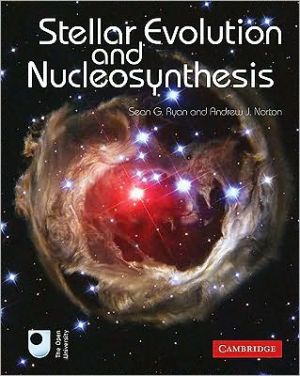
S382 - Stellar Evolution and Nucleosynthesis PDF
Preview S382 - Stellar Evolution and Nucleosynthesis
This astrophysics textbook, focusing on stellar evolution and nucleosynthesis, is aimed at advanced undergraduates with a background in maths, physics and astronomy. The book begins with a consideration of the properties of the Sun and other stars on the main sequence, then moves on to describe how gravitational contraction is the key driver of stellar evolution, before examining the physics of nuclear fusion. Subsequent chapters explain stellar evolution off the main sequence and heliumburning stars, followed by chapters exploring late stages of stellar evolution and stellar endpoints. The book concludes with a chapter on star formation that demonstrates the cyclical nature of stellar evolution. Produced by academics drawing on decades of Open University experience in supported open learning, the book is completely selfcontained with numerous worked examples and exercises (with full solutions provided), and illustrated in fullcolour throughout. Designed to be worked through sequentially by a self guided student, it also includes clearly identified key facts and equations as well as informative chapter summaries and an Appendix of useful data.
Sean G. Ryan is Professor of Astrophysics and Head of the School of Physics, Astronomy and Mathematics at the University of Hertfordshire, where he leads a research programme into the formation and chemical enrichment of the Galaxy and the evolution of its first stars. Prior to this he worked for The Open University, contributing to the development of courses in physics and astronomy.
Andrew J. Norton is Senior Lecturer and Awards Director in the Department of Physics and Astronomy, The Open University, where his research focuses on time domain astrophysics of binary stars. He has authored teaching materials in physics and astronomy across the undergraduate curriculum, including twelve Open University study texts.
